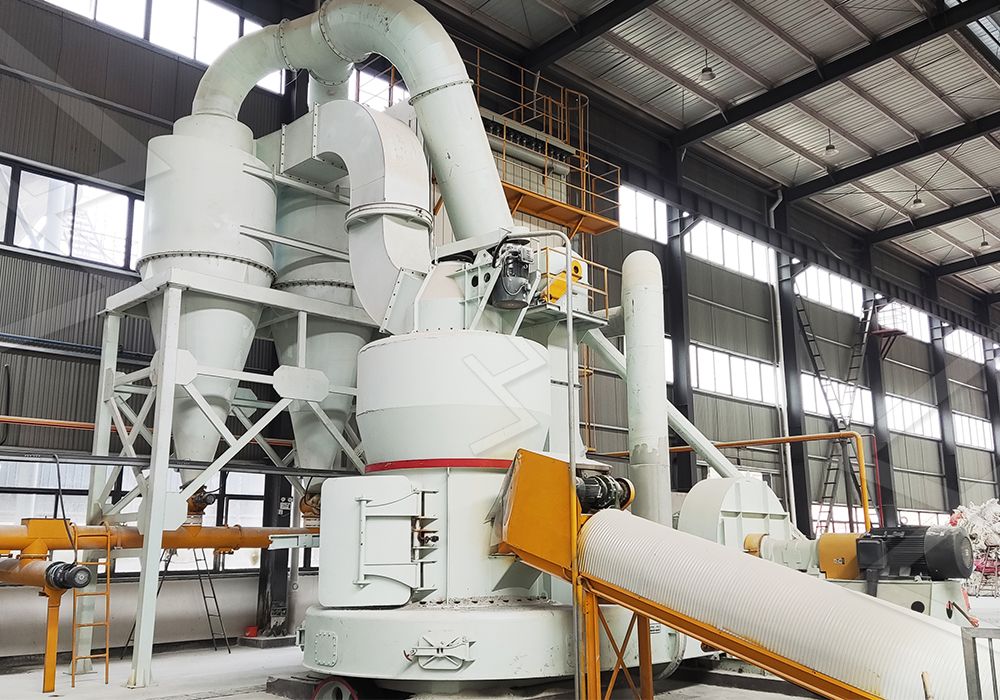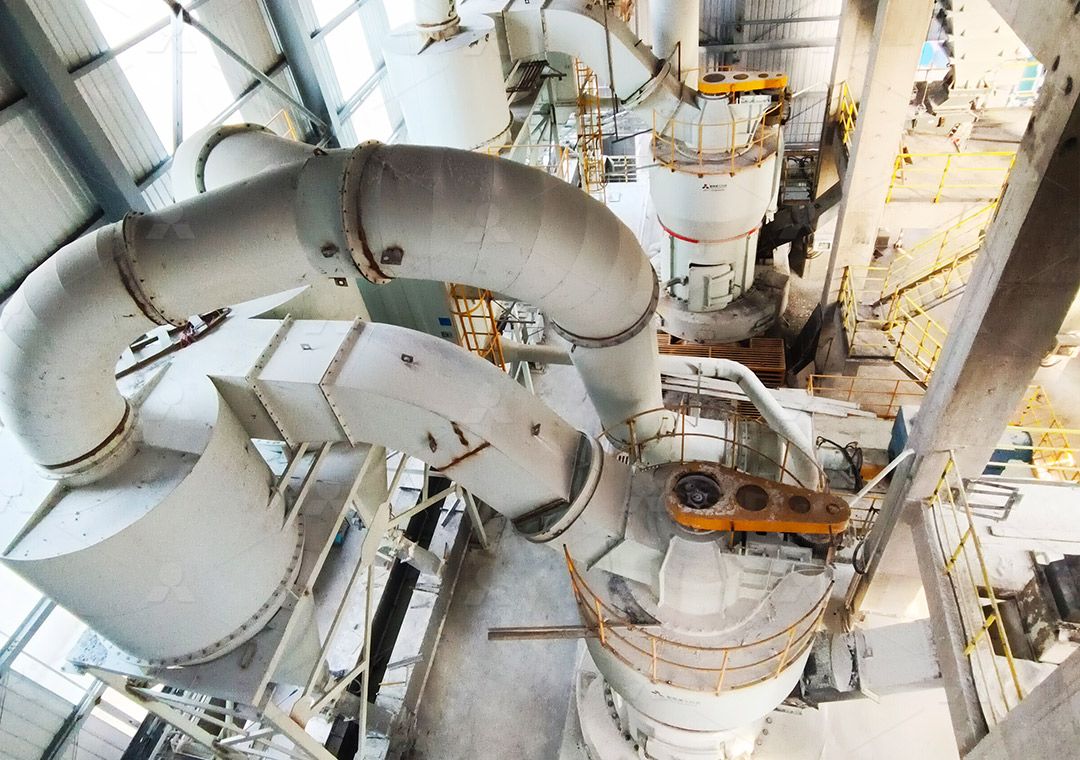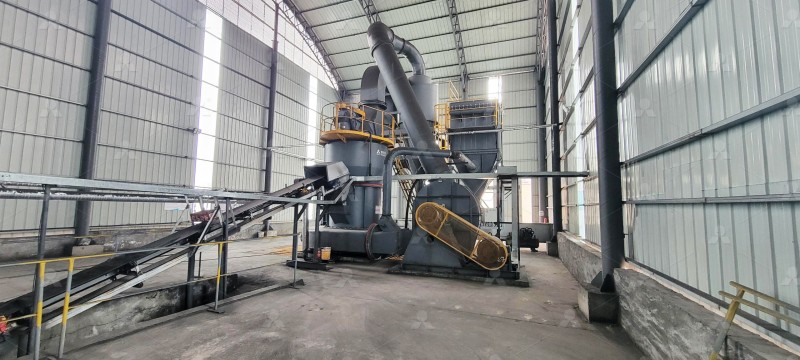High Efficiency Energy Saving Environmental Protection Overpressure Trapezium Mill for 16-0045 Finished Product
Revolutionizing Industrial Grinding: The Next Generation of Efficiency
The manufacturing sector continuously seeks innovative solutions to enhance productivity while minimizing environmental impact. The development of advanced grinding technology represents a significant leap forward in achieving these dual objectives. Modern industrial operations demand equipment that delivers consistent performance, reduces energy consumption, and maintains strict environmental compliance standards.

Traditional grinding methods often struggle to balance output quality with operational costs. The overpressure trapezium mill architecture addresses these challenges through sophisticated engineering that optimizes every aspect of the grinding process. This technology represents the culmination of years of research and practical application in industrial milling operations.
Advanced Engineering for Superior Performance
The core innovation lies in the mill’s unique grinding chamber design, which incorporates multiple proprietary technologies. The strategic placement of grinding rollers and the precisely calculated geometry of the grinding ring create an optimal environment for material processing. This configuration ensures maximum contact area while minimizing energy waste through friction and heat generation.
One of the most significant breakthroughs involves the implementation of an intelligent pressure management system. This system continuously monitors and adjusts the grinding pressure in real-time, responding to variations in material characteristics and feed rates. The result is consistent product quality regardless of fluctuations in raw material properties.
Environmental Stewardship in Industrial Operations
Modern manufacturing cannot ignore its environmental responsibilities. The latest generation of grinding equipment integrates comprehensive dust collection and noise reduction systems that exceed international environmental standards. These systems operate seamlessly with the grinding mechanism, capturing particulate matter at the source and significantly reducing the operation’s acoustic footprint.

The environmental benefits extend beyond emissions control. The optimized energy consumption profile means reduced carbon footprint per ton of processed material. When calculating the total environmental impact over the equipment’s operational lifespan, the advantages become even more pronounced.
Precision Control for Consistent Quality
Product consistency remains paramount in industrial applications. The integration of digital control systems allows operators to maintain precise control over particle size distribution and product characteristics. Advanced monitoring technology tracks multiple parameters simultaneously, providing real-time feedback and automatic adjustments to maintain product specifications.
For operations requiring ultra-fine powder production, we recommend considering our MW Ultrafine Grinding Mill. This specialized equipment processes materials with input sizes up to 20mm and achieves production capacities ranging from 0.5 to 25 tons per hour. The MW series incorporates efficient pulse dust collection and advanced noise reduction technology, ensuring minimal environmental impact while producing powders with fineness between 325-2500 meshes. Its unique design eliminates rolling bearings and screws within the grinding chamber, significantly reducing maintenance requirements and potential failure points.
Operational Efficiency and Cost Management
The economic advantages of modern grinding technology extend beyond energy savings. Reduced maintenance requirements, longer component lifespan, and decreased downtime contribute significantly to the total cost of ownership. The strategic use of wear-resistant materials in high-impact areas ensures consistent performance over extended operational periods.
For operations processing non-metallic minerals, pulverized coal, and slag, the LM Vertical Grinding Mill presents an excellent alternative. This system integrates crushing, drying, grinding, classifying and conveying operations into a single compact unit, reducing the covered area by 50% compared to traditional ball mill systems while saving 30%-40% in energy consumption. Its vertical configuration and automated control system make it particularly suitable for operations with space constraints or those seeking to minimize labor costs.

The financial benefits become increasingly evident when analyzing complete production cycles. Reduced energy consumption directly translates to lower operational costs, while the consistent product quality minimizes waste and reprocessing requirements. These factors combine to create a compelling business case for upgrading to advanced grinding technology.
Future-Proofing Industrial Operations
As industrial standards evolve and environmental regulations become more stringent, equipment flexibility and adaptability grow increasingly important. Modern grinding systems are designed with future requirements in mind, incorporating modular components and upgradeable control systems that can accommodate changing production needs.
The integration of Industry 4.0 principles allows for seamless data collection and analysis, enabling predictive maintenance and optimizing operational parameters based on historical performance data. This data-driven approach not only enhances current operations but provides valuable insights for future process improvements.
Frequently Asked Questions
What maintenance requirements should we anticipate with modern grinding systems?
Contemporary grinding equipment incorporates numerous maintenance-reducing features, including external lubrication systems and wear-resistant components. The MW Ultrafine Grinding Mill, for instance, eliminates internal rolling bearings and screws, significantly reducing potential failure points. Regular maintenance primarily involves monitoring wear components and following prescribed lubrication schedules.
How does the energy consumption compare to traditional ball mills?
Advanced grinding systems typically demonstrate 30-50% lower energy consumption compared to traditional ball mills. The LM Vertical Grinding Mill, for example, achieves 30%-40% energy savings while maintaining comparable or superior production capacity. These savings result from optimized grinding mechanics, reduced mechanical losses, and efficient motor systems.
What environmental compliance features are integrated?
Modern systems incorporate comprehensive environmental protection measures including efficient pulse dust collectors, silencers, noise elimination rooms, and fully sealed systems operating under negative pressure. The MW Ultrafine Grinding Mill’s dust collection system ensures no dust pollution during operation, meeting stringent international environmental standards.
Can these systems handle variations in raw material characteristics?
Yes, advanced control systems automatically adjust operational parameters to accommodate variations in material hardness, moisture content, and feed rate. The adjustable fineness control (325-2500 meshes in the MW series) allows operators to maintain product specifications despite raw material fluctuations.
What technical support is available for these systems?
Comprehensive technical support includes installation guidance, operational training, maintenance protocols, and original spare parts supply. Our support structure ensures worry-free operation throughout the equipment’s lifespan, with technical services covering all aspects of product performance and maintenance.
